Eating well doesn’t have to empty your wallet. When finances are stretched thin, smart food choices can keep both your body and bank account healthy. These affordable foods pack serious nutritional punch without the hefty price tag, proving that good health doesn’t require expensive specialty items or trendy superfoods.
1. Carrots: The Crunchy Nutrient Powerhouse
Orange warriors of the vegetable world, carrots cost mere pennies per serving while delivering impressive health benefits. A single medium carrot provides over 200% of your daily vitamin A needs through beta-carotene, which supports healthy vision and immune function.
Store them properly in the refrigerator, and carrots can last for weeks, making them perfect for budget-conscious meal planning. Enjoy them raw as snacks, shredded in salads, or roasted with a drizzle of olive oil for natural sweetness.
For maximum nutrition, don’t peel your carrots – just scrub them clean. The skin contains many nutrients and adds extra fiber to your diet, helping you feel fuller longer on less food.
2. Frozen Mixed Vegetables: Convenience Without Compromise
Contrary to popular belief, frozen vegetables often contain more nutrients than their fresh counterparts that have been sitting on store shelves. Flash-frozen at peak ripeness, these colorful medleys lock in vitamins and minerals that might otherwise degrade during shipping and storage.
A bag typically costs $1-2 and provides multiple servings of perfectly portioned vegetables ready whenever you need them. No more throwing away spoiled produce – just take what you need and return the rest to the freezer.
Toss them into soups, stir-fries, or pasta dishes for instant nutrition. During sales, stock up on these freezer staples that can last months while maintaining their nutritional value and flavor.
3. Bananas: Nature’s Perfect Portable Snack
Yellow curved wonders that often cost less than 50 cents each, bananas deliver natural energy in a biodegradable package. Their built-in protective peel makes them one of the cleanest fruits to eat on the go, requiring no washing or preparation.
Rich in potassium, bananas help regulate blood pressure and support proper muscle function. Their natural sweetness satisfies sugar cravings while providing steady energy without the crash of processed snacks.
Don’t toss those spotty bananas! As they ripen and develop brown spots, their antioxidant levels actually increase. Overripe bananas can be frozen for smoothies or mashed into oatmeal, pancakes, or homemade banana bread.
4. Cabbage: The Underrated Nutritional Bargain
Round, dense and often overlooked, cabbage might be the most economical vegetable in the produce section. A single head often costs less than $2 and can provide multiple meals for an entire family, with its sturdy leaves keeping well for weeks in the refrigerator.
Packed with vitamin C, vitamin K, and cancer-fighting compounds, cabbage delivers serious nutrition for pennies per serving. Its versatility shines in everything from crunchy slaws and stir-fries to soups and fermented dishes like sauerkraut.
For maximum value, buy cabbage whole rather than pre-shredded. The outer leaves may look tough but protect the inner leaves, keeping them fresh longer – just peel them away before using the crisp heart.
5. Apples: The Original Grab-and-Go Fruit
Sweet, crunchy, and available year-round, apples have earned their reputation as doctor-repelling fruit. Their natural fiber content – especially in the skin – supports digestive health and helps maintain steady blood sugar levels between meals.
Look for apples sold in bags rather than individually for better value, often bringing the cost below $1 per apple. Store them in the refrigerator crisper drawer where they’ll stay fresh for weeks, much longer than most fruits.
Beyond snacking, grate apples into oatmeal, slice them into salads, or bake them with cinnamon for a naturally sweet dessert. Their versatility and long shelf life make them perfect for budget-conscious households trying to maintain healthy eating habits.
6. Brown Rice: The Wholesome Grain Foundation
Nutty, chewy and infinitely versatile, brown rice retains its bran and germ layers unlike its processed white counterpart. These outer layers house most of the fiber, vitamins, and minerals that make whole grains nutritional champions in the budget food arena.
Buying in bulk drops the price dramatically – often below 50 cents per serving. A single cup of dry rice expands to three cups cooked, forming an economical base for countless meals from stir-fries to burrito bowls.
Cook a large batch once and refrigerate portions for quick meals throughout the week. Brown rice contains beneficial compounds that support heart health and help regulate blood sugar, making it a smart carbohydrate choice when funds are limited but nutrition remains a priority.
7. Oats: Morning Fuel That Lasts
Humble heroes of the breakfast world, oats deliver remarkable nutrition for pennies per serving. A large canister of old-fashioned rolled oats often costs less than $3 and provides weeks of hearty breakfasts that keep hunger at bay until lunchtime.
Their soluble fiber content, particularly beta-glucan, helps lower cholesterol levels while creating that satisfying fullness that prevents mid-morning snacking. Unlike sugary breakfast cereals, oats release energy slowly, maintaining stable blood sugar and sustained energy.
Beyond breakfast bowls, oats can thicken smoothies, replace breadcrumbs in meatloaf, or form the base of homemade granola bars. Look for plain, unflavored varieties to avoid added sugars – you can add your own sweetness with bananas or a drizzle of honey.
8. Whole Wheat Pasta: Satisfying Fiber-Rich Base
Golden-brown and slightly chewier than its refined counterpart, whole wheat pasta delivers the same satisfying experience with significantly more nutritional value. The intact bran and germ provide fiber, B vitamins, and minerals often stripped from white pasta.
A one-pound box typically costs $1-2 and yields multiple servings. Its hearty texture pairs beautifully with vegetable-heavy sauces, creating filling meals that stretch expensive ingredients like meat much further.
Cook once, eat twice by making a double batch. Refrigerated cooked pasta stays good for 3-5 days, ready for quick meals when time is short. For maximum savings, watch for sales and stock up on this pantry staple that keeps for months in a cool, dry place.
9. Potatoes: Versatile Workhorses of the Kitchen
Rustic brown on the outside, fluffy white on the inside, potatoes have nourished generations through tough economic times. A 5-pound bag often costs less than $5 and can provide multiple side dishes or form the foundation of satisfying main courses.
Contrary to their carb-heavy reputation, potatoes offer impressive nutrition including vitamin C, potassium, and resistant starch that supports gut health. Their skins contain much of their fiber and nutrients, so scrub them clean rather than peeling when possible.
Baked, mashed, roasted or added to soups and casseroles, potatoes adapt to countless cooking methods. Store them in a cool, dark place (not the refrigerator) where they’ll keep for weeks, providing reliable nutrition when fresh produce budgets are tight.
10. Cornmeal: The Southern Staple With Global Appeal
Golden yellow and slightly sweet, cornmeal transforms into delicious polenta, cornbread, and porridge with minimal effort. A 2-pound bag typically costs less than $3 and stays fresh in your pantry for months, ready whenever you need a hearty side dish.
Whole grain varieties offer complex carbohydrates that provide lasting energy without blood sugar spikes. Traditional preparations from global cuisines show its versatility – from Italian polenta to Southern grits to Mexican masa.
For an incredibly economical meal, simmer cornmeal with water or broth until thick, then top with sautéed vegetables or a small amount of protein. The resulting polenta creates a satisfying base that stretches small amounts of more expensive ingredients into complete meals that nourish both body and budget.
11. Eggs: Protein Powerhouses in Delicate Shells
Small but mighty nutritional packages, eggs deliver complete protein containing all essential amino acids your body needs. At roughly 20-25 cents per egg, they provide one of the most affordable high-quality protein sources available.
Beyond breakfast, eggs add satisfying protein to salads, grain bowls, and stir-fries. Hard-boiled eggs make perfect portable snacks that keep hunger at bay between meals, helping you avoid expensive convenience foods.
Don’t toss those yolks! While egg whites contain protein, the golden centers pack essential nutrients including choline for brain health, lutein for eye health, and vitamin D. For maximum economy, buy eggs by the dozen or in larger flats when on sale – properly refrigerated, they keep for weeks.
12. Beans: Plant-Based Protein Treasure Trove
Humble heroes in countless global cuisines, beans might be the ultimate budget food. Dried beans cost mere pennies per serving – a one-pound bag often sells for less than $1.50 and expands to yield 6-7 cups cooked, enough for multiple meals.
Each variety brings its own flavor profile and texture: black beans for Latin dishes, chickpeas for Mediterranean fare, kidney beans for chili, and lentils for quick-cooking soups. All deliver impressive protein, fiber, iron, and complex carbohydrates without the saturated fat found in animal proteins.
For convenience, keep some canned beans on hand too – while slightly more expensive than dried, they’re still budget-friendly at about 70-100 cents per can. Rinse canned beans thoroughly to remove excess sodium before using in your favorite recipes.
13. Natural Peanut Butter: Spreadable Satisfaction
Creamy or crunchy, natural peanut butter delivers plant protein and healthy fats that keep hunger at bay between meals. Look for versions with just peanuts and maybe salt – no added oils, sugars or stabilizers needed for this simple spread.
A 16-ounce jar typically costs $3-4 but provides multiple servings of concentrated nutrition. Its shelf stability means no refrigeration needed until opened, making it perfect for pantry storage in tight living situations.
Beyond the classic sandwich, stir peanut butter into oatmeal, blend into smoothies, or whisk with soy sauce and vinegar for quick Asian-inspired sauces. The protein-fat combination creates lasting satiety, helping stretch time between meals when food budgets are tight while providing essential nutrients your body needs.
14. Canned Fish: Ocean Nutrition Made Accessible
Small tins packing big nutrition, canned tuna and sardines bring omega-3 rich seafood to your table at a fraction of fresh fish prices. A single can often costs $1-2 and provides ready-to-eat protein requiring no cooking or refrigeration until opened.
Sardines offer exceptional value – since you consume the soft bones, you get calcium along with protein and heart-healthy fats. Look for varieties packed in water or olive oil rather than vegetable oils for better nutritional profile.
Tuna makes quick protein-rich salads and sandwiches, while sardines can be mashed onto toast or tossed with pasta. For maximum economy and environmental benefit, choose light tuna over albacore and look for sustainable fishing certification on packaging.
15. Plain Yogurt: Cultured Dairy Delight
Creamy, tangy, and incredibly versatile, plain yogurt delivers protein, calcium, and beneficial probiotics that support gut health. Larger containers offer better value than single-serve packages – a 32-ounce tub typically costs $3-4 and provides multiple servings.
Greek varieties contain even more protein due to their strained nature, helping you feel fuller longer on less food. Their thicker texture makes them perfect substitutes for more expensive ingredients like sour cream or mayonnaise in recipes.
Transform plain yogurt from breakfast to dinner with different toppings and uses. Sweeten with fruit for breakfast, blend into smoothies for snacks, make creamy salad dressings for lunch, or create cooling sauces for dinner. Buy the largest container your household can use before expiration for maximum savings.
16. Milk: Liquid Nutrition in Its Simplest Form
White and unassuming, milk delivers an impressive nutrient package including complete protein, calcium, vitamin D, and potassium. A gallon typically costs $3-4 and provides 16 one-cup servings, making it one of the most economical sources of multiple nutrients.
For those who cannot consume dairy, fortified plant milks offer similar calcium and vitamin D, though protein content varies by type. Soy milk provides the closest protein match to dairy among plant alternatives.
Beyond drinking, use milk in oatmeal, smoothies, soups, and baked goods to boost nutrition. Consider powdered milk as an economical backup – while reconstituted milk works best for cooking rather than drinking, it provides the same nutrients at a lower cost and without refrigeration until mixed.
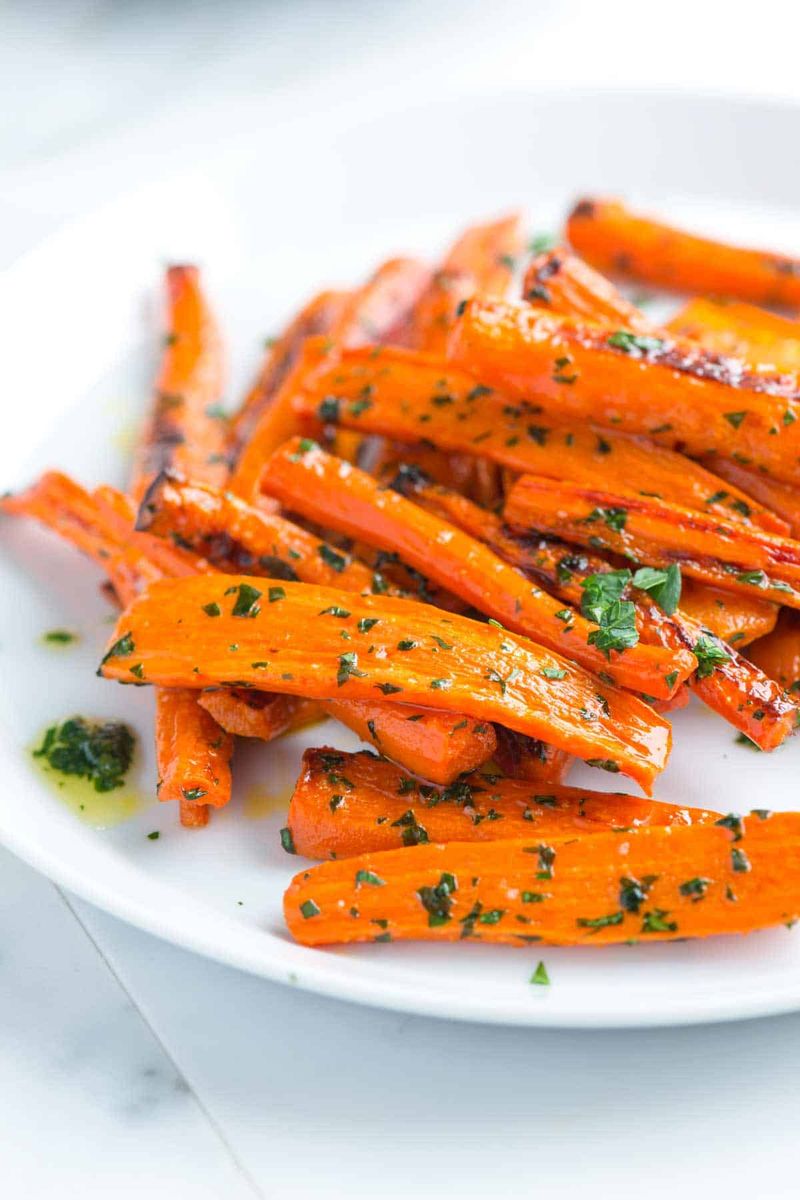
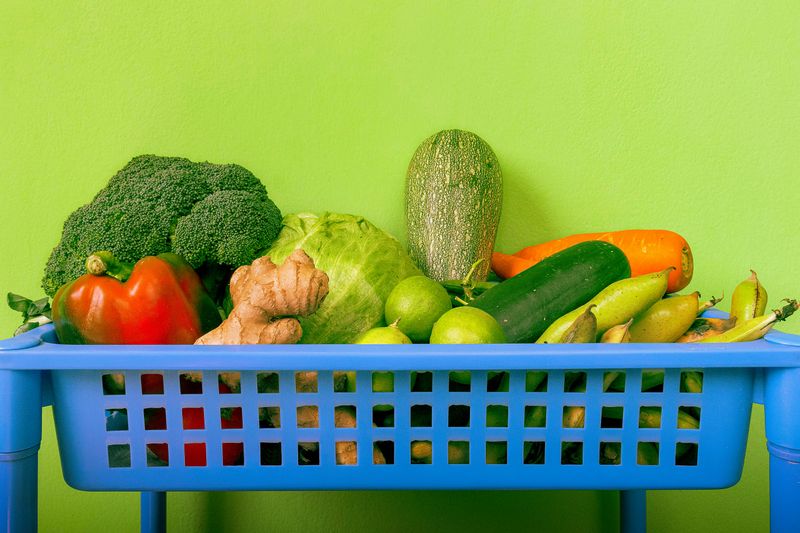

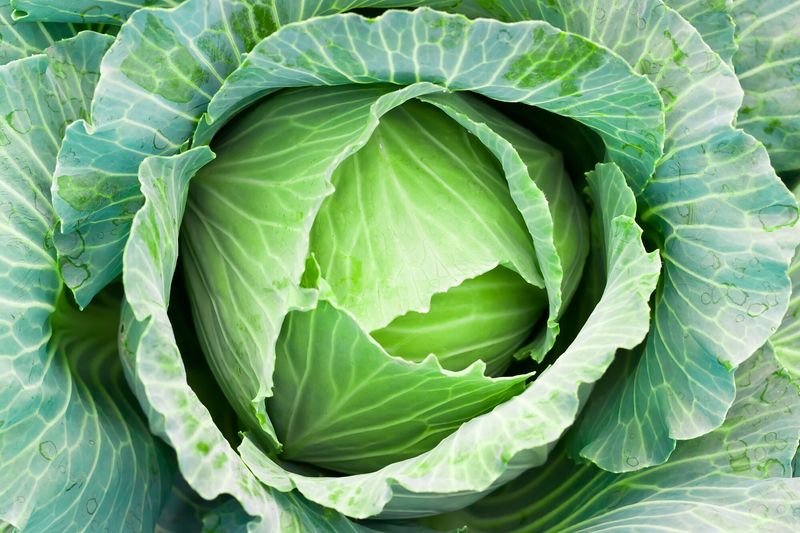
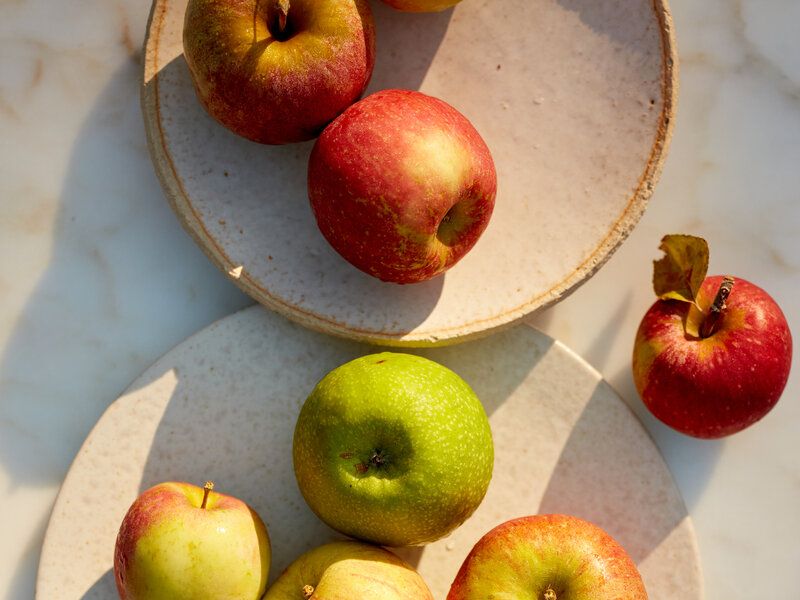
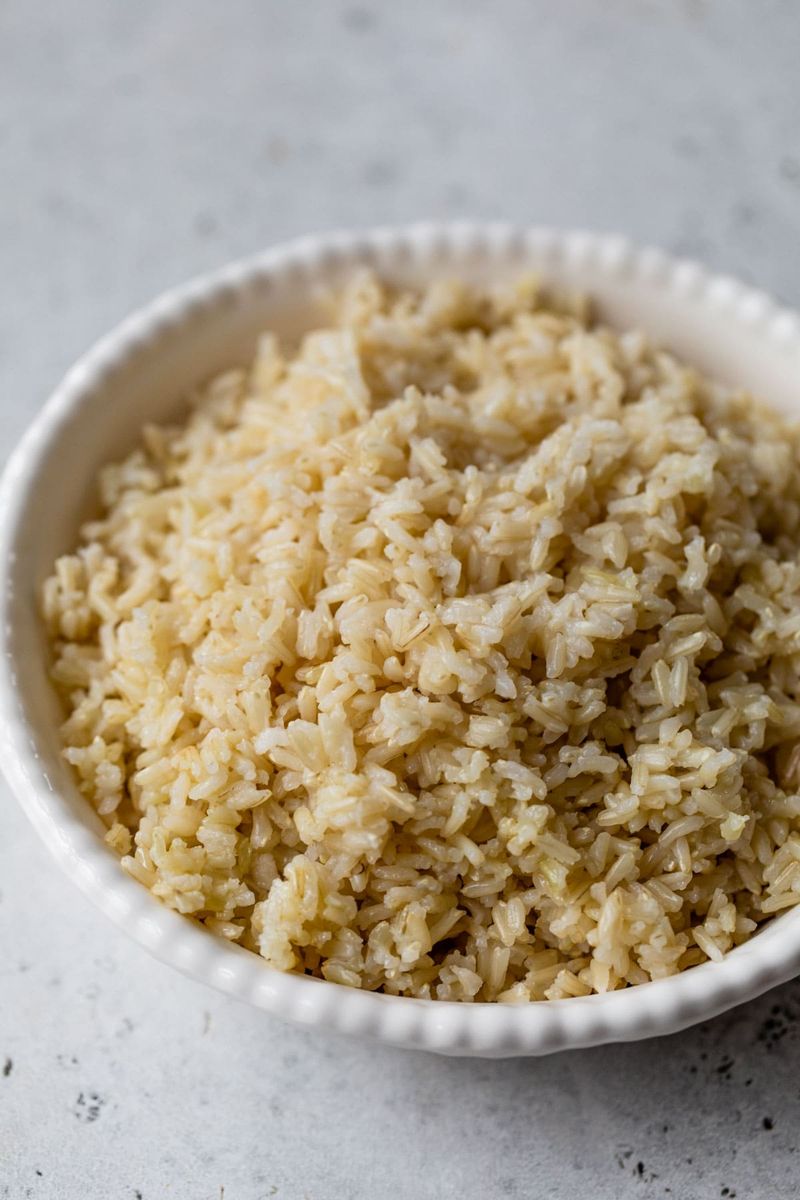
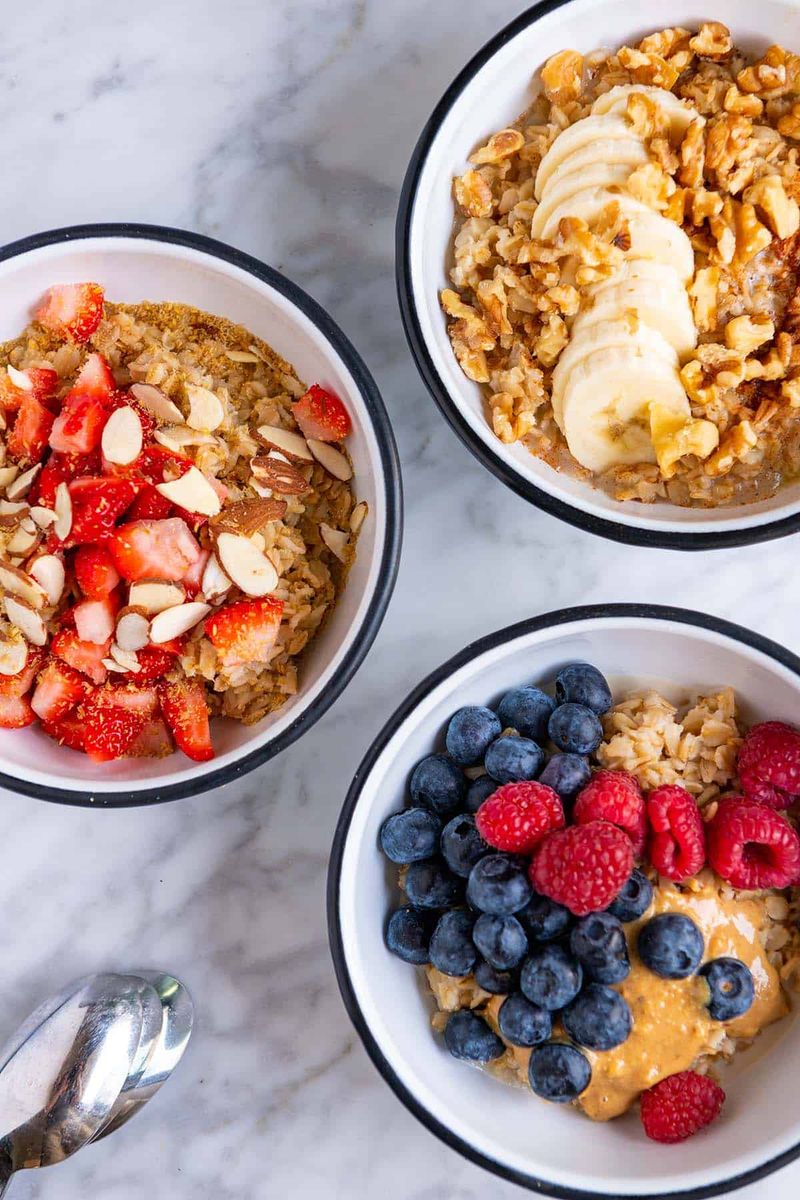
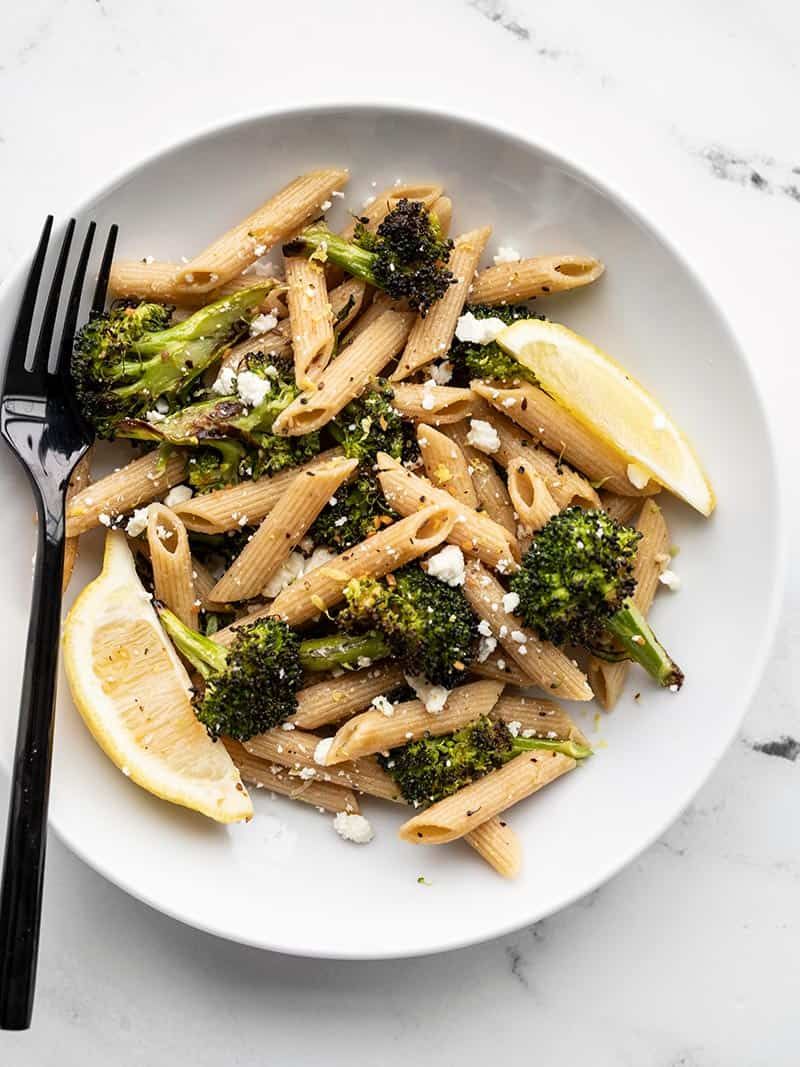
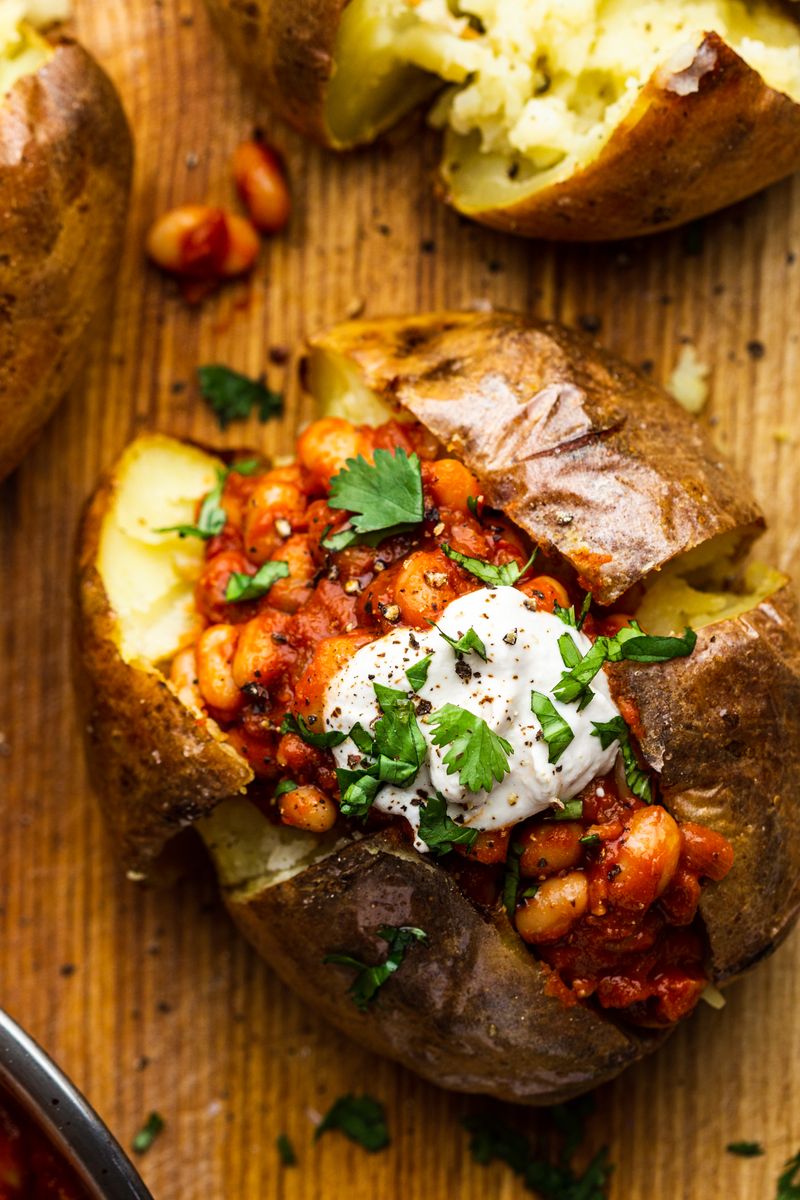
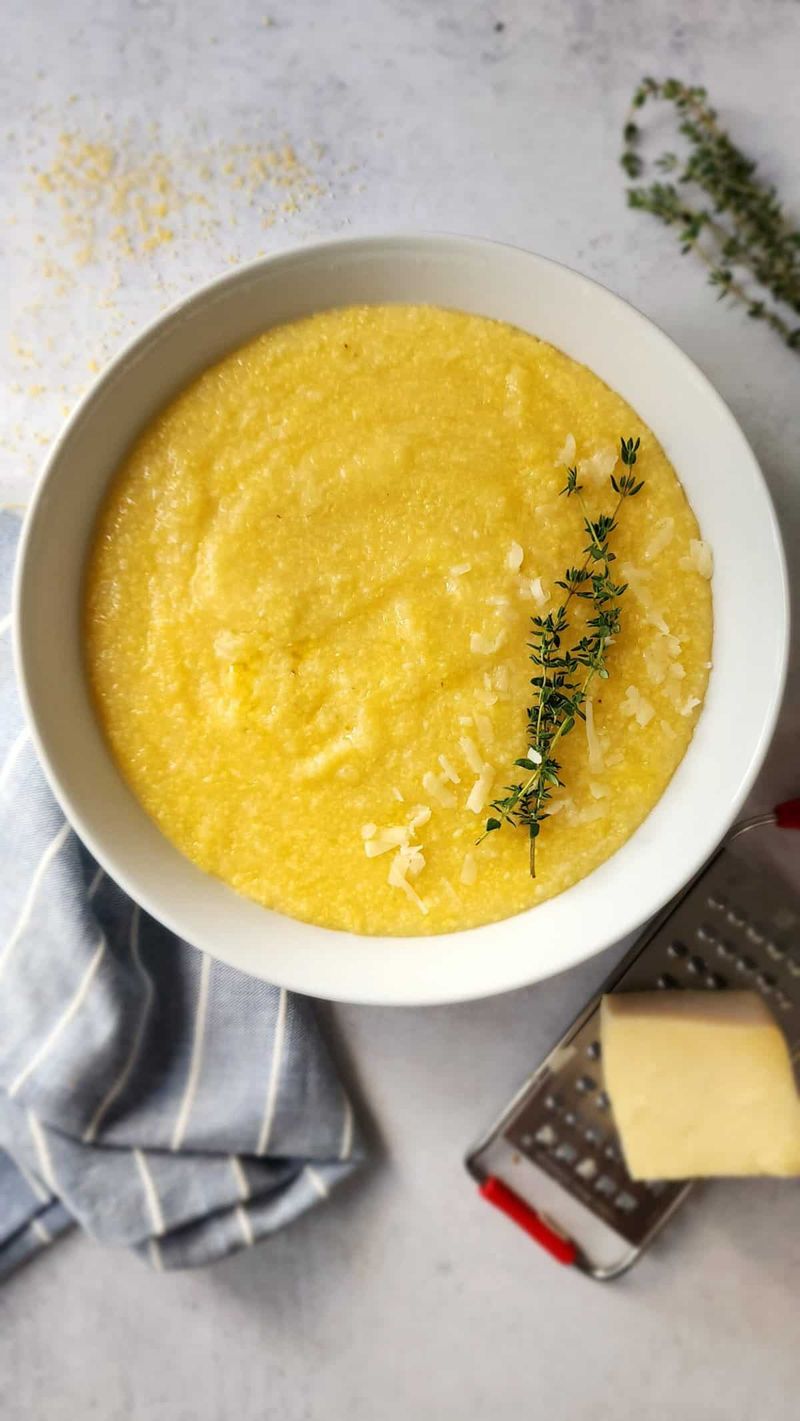

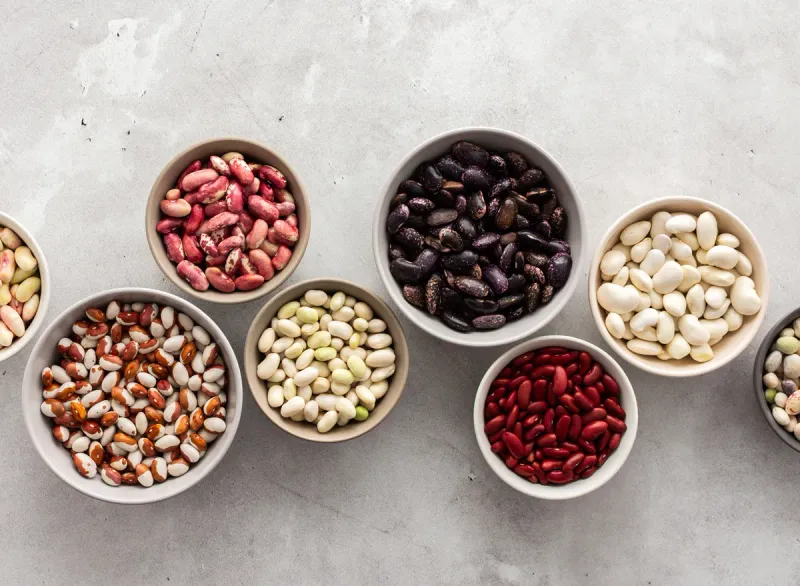
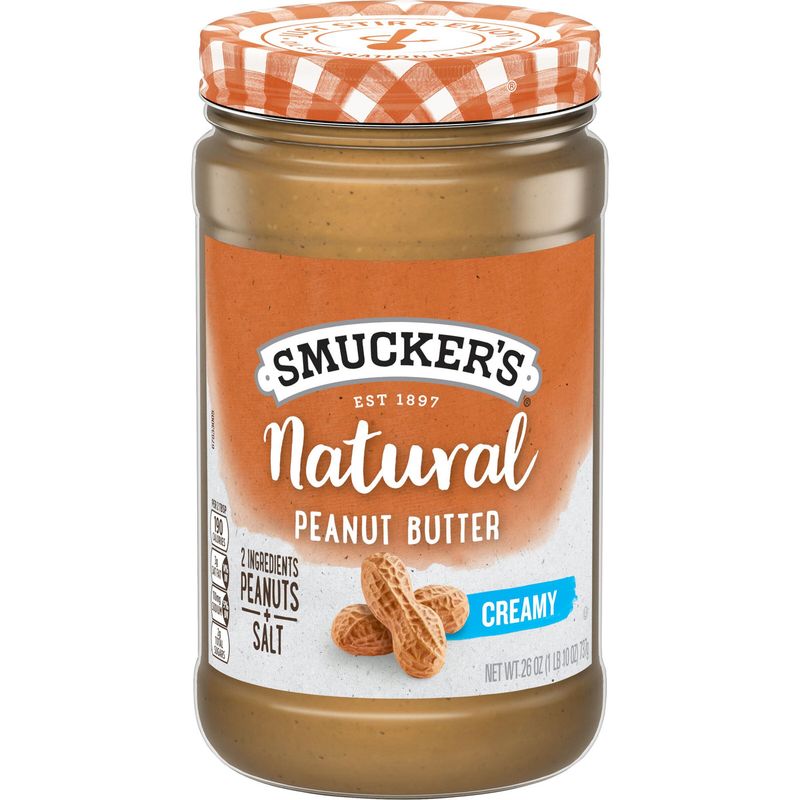
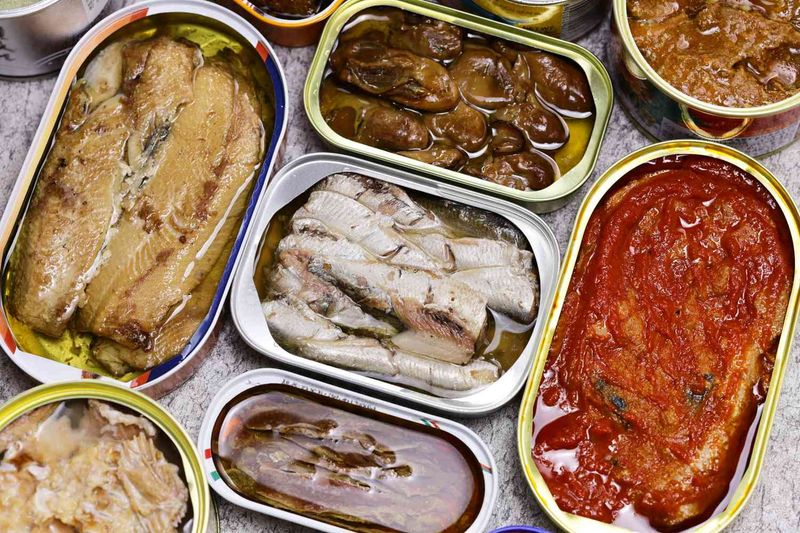
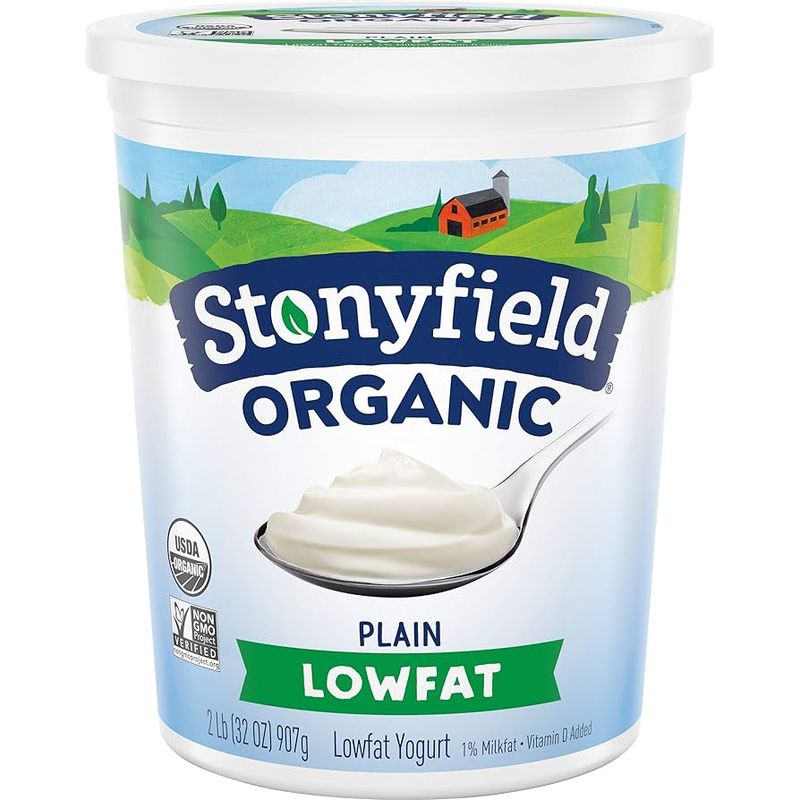
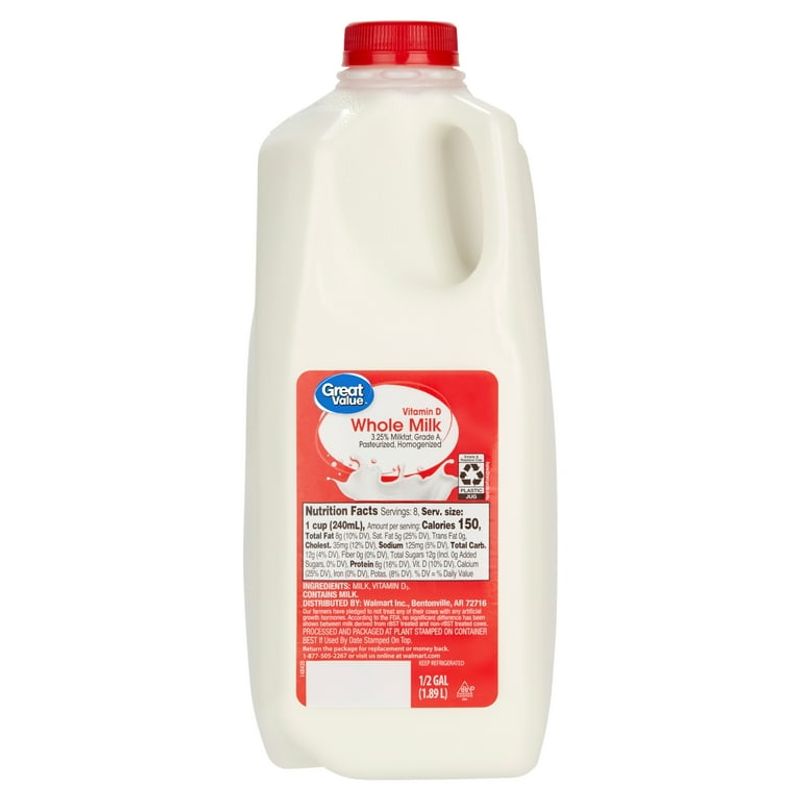
Leave a comment